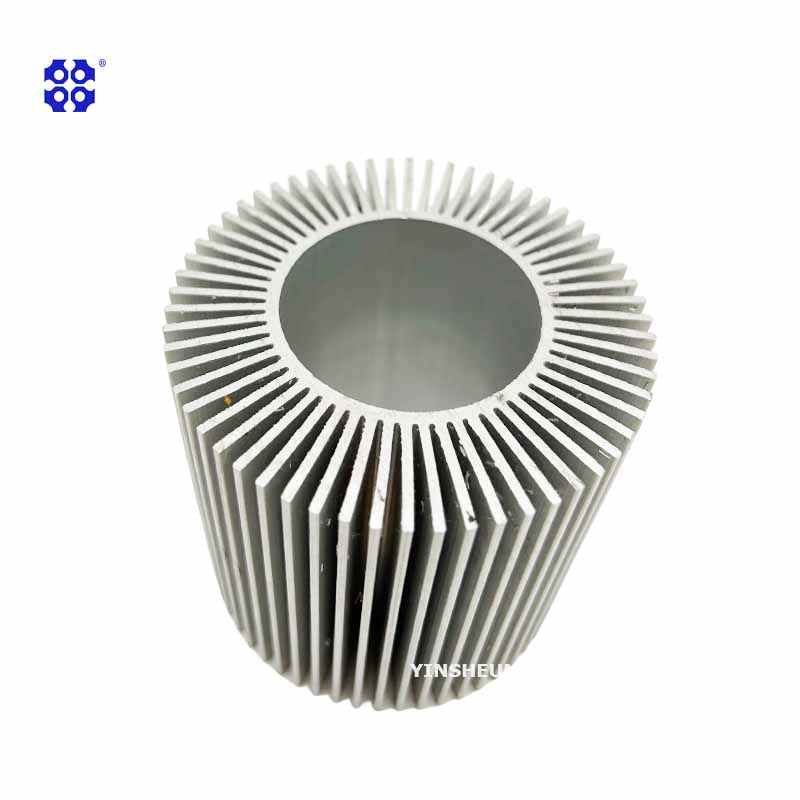Causes of Bubble Formation in Aluminum Alloy Extrusion
Industrial aluminum alloy profiles are a common consumable in automated production. Due to their excellent physical properties, they are widely used in industrial automation and have become materials for customized equipment frame brackets and safety fences. However, in practical applications, it has been found that industrial aluminum alloy profiles produce bubbles. What are the reasons and measures for the bubbles in industrial aluminum alloy profiles?

Reasons for bubble formation in aluminum alloy profiles:
1. The filling degree of the metal liquid in the injection chamber is too low, usually controlled at around 45%~70%, which is prone to generating entrainment and the initial injection speed is too high.
2. Unreasonable or poor exhaust of the mold in the pouring system.
3. The melting temperature is too high, causing its gas content to be relatively high, and the molten liquid has not been degassed.
4. The temperature of the mold is too high, the retention time for the mold is not up to standard, the time for the metal to solidify is not sufficient, the strength of the aluminum alloy profile is not enough, and the mold is opened too early, causing the compressed gas to expand.
5. Excessive amount of release agent and injection head oil.
6. After spraying, the blowing time was not long enough, and the surface water of the mold was not blown dry.

Preventive measures for aluminum profile bubbles:
1. The switching points for the die-casting process parameters, injection speed, and high-pressure injection speed during adjustment.
2. Modify the runner of the mold and add overflow and exhaust slots.
3. The aluminum profile reduces the mold temperature in the defect area, thereby reducing the pressure effect of the gas.
4. Adjust the smelting process.
5. Extend the mold retention time and adjust the blowing time after spraying.
6. Adjust the dosage of release agent and injection oil.






